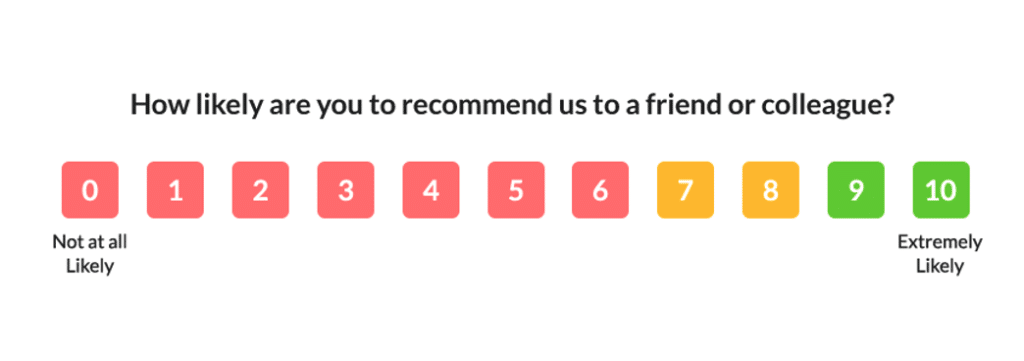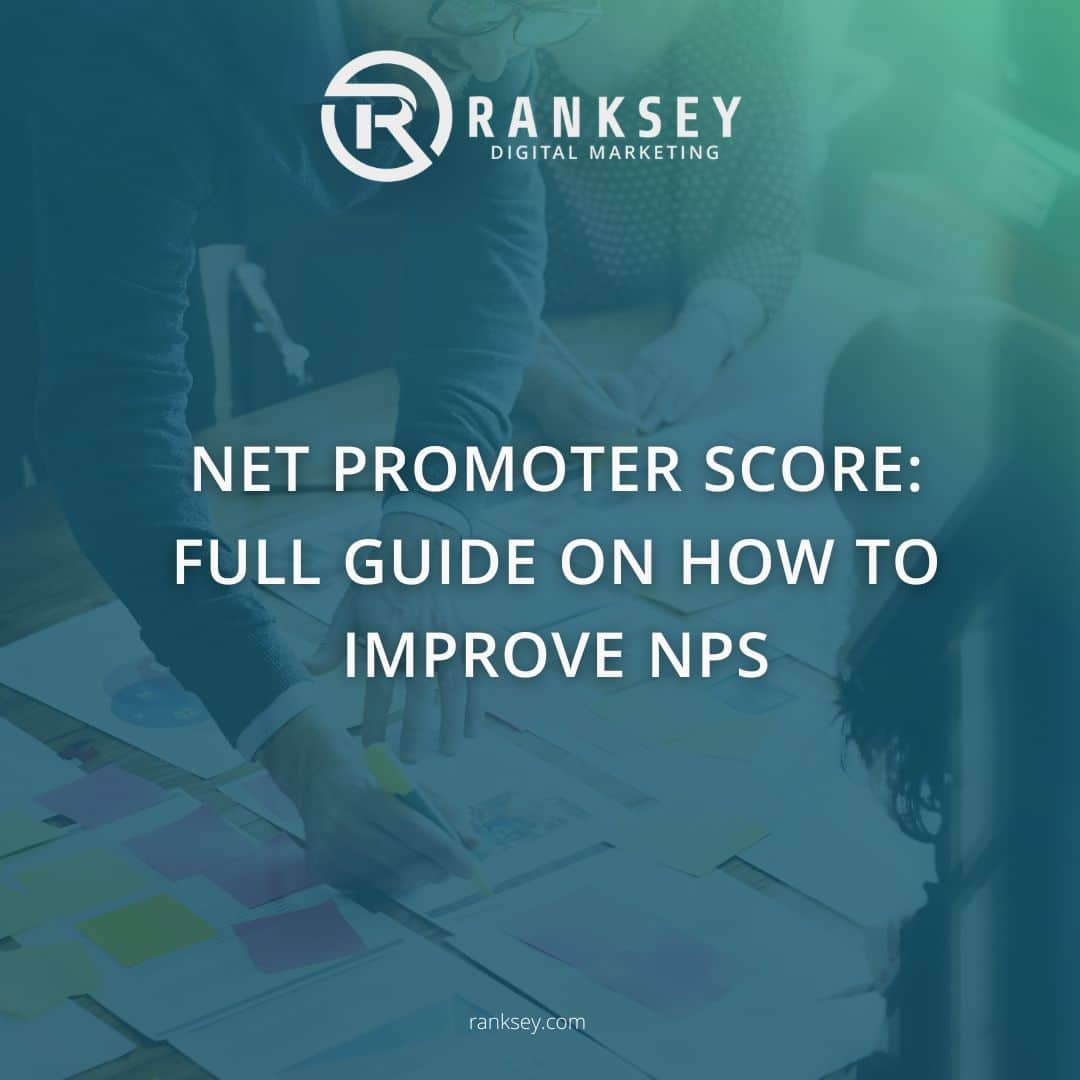With companies like Amazon raising the bar for customer experience, customers now have higher expectations for service and support than ever before. The online space is becoming increasingly competitive, and if you want to have any chance in growing your market share, you have to do more than just run good ads these days. Offering an exceptional customer experience is how you come out on top, but you first have to measure and track customer satisfaction in order to compete.
What is Net Promoter Score
If you want to track customer experience, this can be done with something called Net Promoter Score (NPS). NPS is a score that rates how likely someone is to promote your brand. This metric essentially measures customer satisfaction and helps you gauge how good your customers’ experiences are with your brand.
Why NPS is Important
You want every interaction with your brand to be a positive one. Although you can’t make 100% of your customers happy, you can come pretty close with the right optimization. To increase customer satisfaction, you have to be able to track NPS properly. Once you implement this scoring system, you’ll be able to identify bad experiences and find the root of the problem.
How to Measure NPS
NPS is measured in the form of surveys that ask how likely they are to recommend your brand. These surveys look something like this:

NPS surveys should be given out to each customer right after their purchase, and after your product or service is delivered. This way, you can have a two data points to go off of that tells you more than just one survey can.
For the survey right after they purchase, it can be given as a pop-up. If they don’t fill it out on your website, you can also send it to them in their delivery confirmation.
For the post-delivery survey, you want to send this to them in an email a few days after they receive their product.
Once you implement the scoring system, it’s time to start measuring your NPS scores to see how good of a customer experience you have to offer. When measuring your NPS scores, there are three categories that customers can fall under.
Detractors
Detractors are customers who score 0-6. These are people who probably will recommend people don’t buy from you if they were dissatisfied enough with your brand.
Passives
Passives are customers who neither had a bad nor a really good experience. Their interaction with your brand was just average. These are people who score a 7 or 8.
Promoters
Promoters are going to be customers who had a positive experience with your brand and are likely to share it via word of mouth. Promoters are customers who score either a 9 or 10.
How to Calculate NPS
Calculating your NPS isn’t as simple as finding the average, but it isn’t a difficult process. When calculating, you want to be doing it based off of the post-delivery score.
Here’s the formula for calculating your brand’s NPS:
(Number of Promoters — Number of Detractors) / (Number of Respondents) x 100
To help break it down, we’ll give you an example.
Let’s say you have 100 customers, and the scoring is distributed like this:
- 80 Promoters
- 10 Detractors
- 10 Passives
When you plug those numbers into the formula, you’ll get a score of 70. The scoring can range from -100 to +100, so 70 isn’t too bad.
How to Improve NPS
When you start collecting NPS, you’ll be seeing a range of different scores, but these don’t tell you the why. If you want to improve your customer experience, you’ll need to start collecting feedback based on these scores, for both good and bad. This feedback that you collect should be gathered in the form of a survey that you email customers after they take the post-delivery survey.
Good Scores
If someone has a good experience throughout the entire process and scores an 8, 9, or 10, ask them why they left this score. Try to find out what made their experience good, and if there’s anything that could have made it better. You can also ask other questions, such as demographics like age and gender, as these can sometimes correlate with scoring.
Bad Scores
If someone leaves a score lower than 8, then this is a good indicator they didn’t have the best experience with your brand. The first thing you need to do is reach out to them and ask why they had a bad experience. This will tell you what you need to work on in order to provide a better experience, and will also give you a chance to resolve any issues they had.
Pre-Delivery NPS
As mentioned earlier, when we calculate our overall NPS, we do so based on the post-delivery score only. The purpose of the pre-delivery score is so we can gauge the experience customers have with the checkout process, and to see if they have a high expectation before even receiving their product or service. While post-delivery NPS measure their actual experience, having pre-delivery scores can help you to identify any problems you may have in offering a competitive customer experience.
For example, if pre-delivery NPS starts off high but ends low, this means their initial checkout experience was good, but in the end, you didn’t meet their expectations.
If it starts off low but ends high, then you did something right after the time they purchased.
Either way, whenever you see any discrepancies between someone’s pre- and post-purchase score, you need to send them a questionnaire based off of their scores to see why their answers change.
Get Help Tracking NPS and Optimizing for CLV
Tracking NPS is an important step in optimizing for Customer Lifetime Value. The success of your brand is often determined by CLV because it directly correlates with how much value your customers bring to the table.
If you’re looking for help with maximizing your CLV, we offer Customer Value Optimization (CVO) services to optimize for CLV, or you can request a free CLV Audit to receive some free, actionable strategies that you can use to increase CLV.



